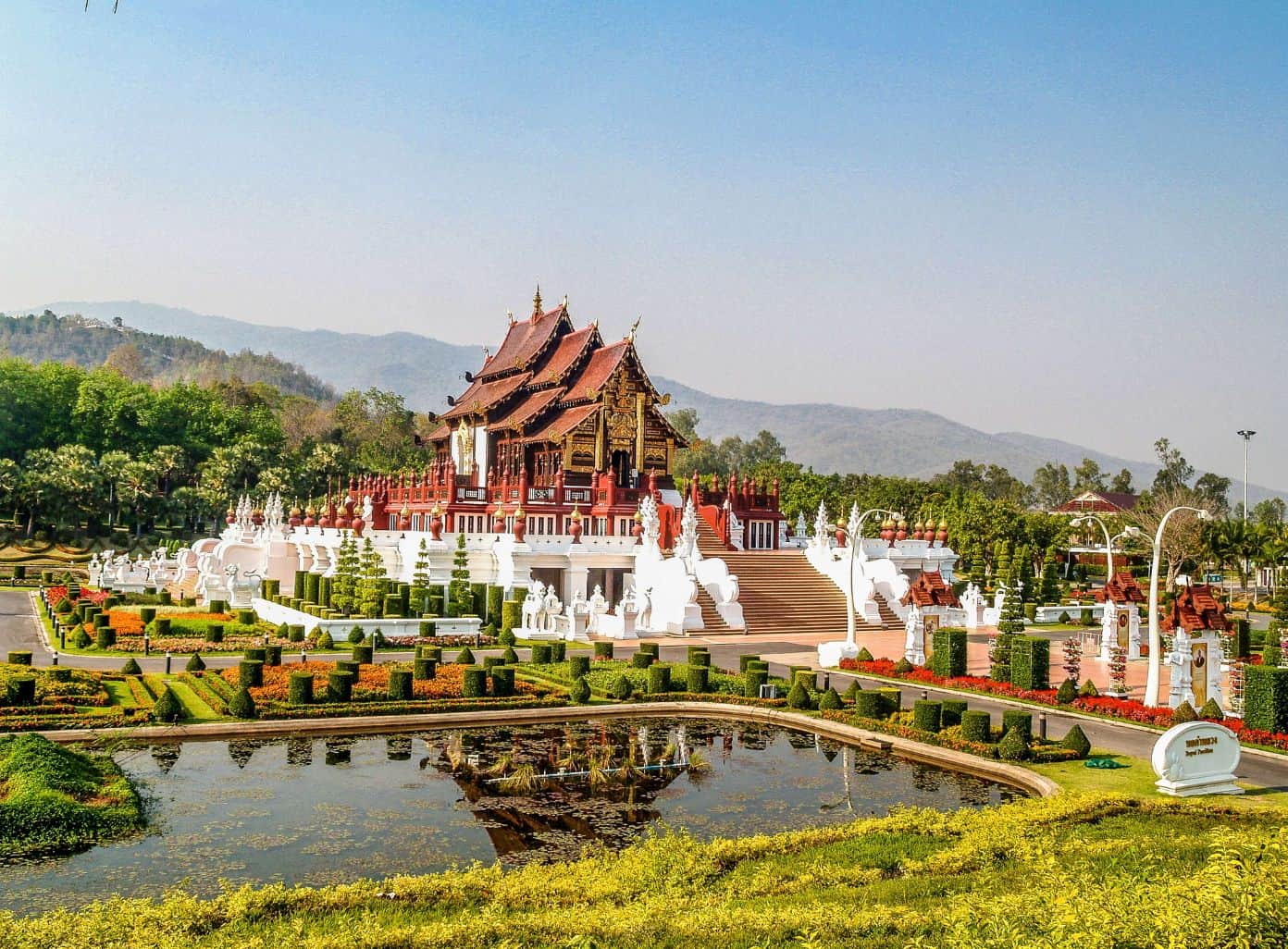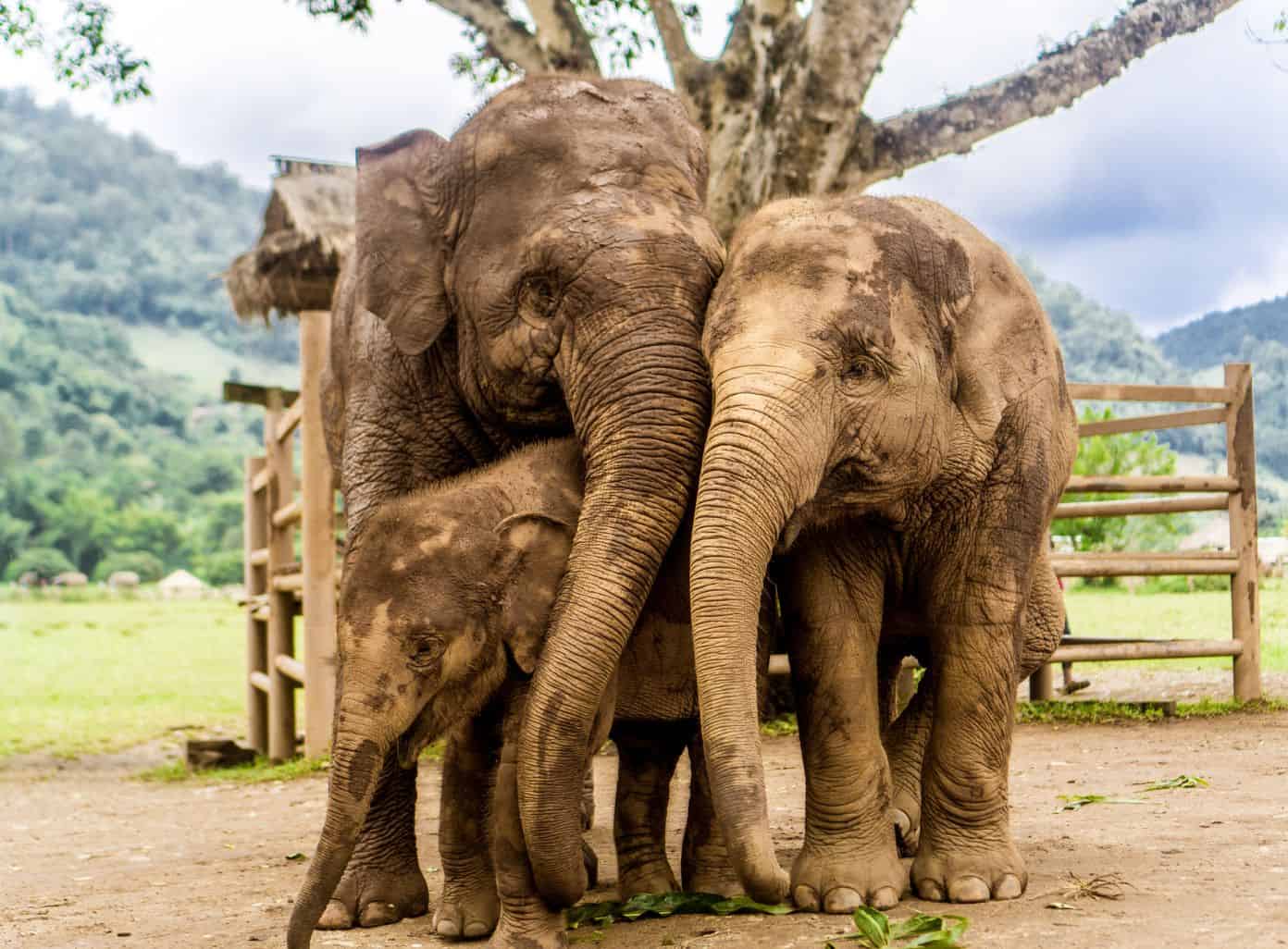Planning a visit to Chiang Mai, Thailand? The timing of your trip can be crucial in ensuring an enjoyable experience. Chiang Mai boasts a tropical humid climate, with distinct seasons that can dramatically impact your travel plans. In this article, we will explore the various seasons in Chiang Mai, the advantages and drawbacks of the peak and off-peak seasons, and provide you with a month-by-month guide to help you make the most of your trip.

Understanding Chiang Mai’s Climate
Overview of Chiang Mai’s Weather
Chiang Mai, a city nestled in the mountainous region of northern Thailand, experiences three main seasons: the hot season, the rainy season, and the cool season. Each season brings its own unique charms and considerations, making it a fascinating destination for travelers.
The hot season in Chiang Mai typically begins in March and lasts until May. During this time, temperatures can soar up to 40 degrees Celsius (104 degrees Fahrenheit). The scorching heat creates an atmosphere of excitement and adventure, as locals and tourists alike seek refuge in the city’s numerous air-conditioned malls, cafes, and temples. It is also a popular time for outdoor activities such as trekking in the nearby mountains or exploring the ancient ruins of the old city.
As the hot season comes to an end, Chiang Mai transitions into the rainy season, which typically starts in June and lasts until October. The monsoon winds bring relief from the heat, but also heavy rainfall. The city’s lush greenery comes to life during this season, as the rain nourishes the surrounding forests and rice fields. The pitter-patter of raindrops creates a soothing ambiance, perfect for sipping a cup of locally grown tea or indulging in a traditional Thai massage.
The cool season, which spans from November to February, is perhaps the most popular time to visit Chiang Mai. With temperatures dropping to a pleasant 15-25 degrees Celsius (59-77 degrees Fahrenheit), the city becomes a haven for travelers seeking respite from the scorching heat of other regions. The cool breeze carries a hint of freshness, making it ideal for exploring the city’s vibrant night markets, enjoying outdoor festivals, or embarking on a cycling tour through the countryside.
Seasonal Changes in Chiang Mai
The climate in Chiang Mai is heavily influenced by the monsoon winds, which result in distinct seasonal changes. Let’s take a closer look at each season:
The hot season, as mentioned earlier, is characterized by its intense heat. The dry and arid landscape creates a unique contrast against the clear blue skies. It is a time when locals and tourists flock to the city’s many waterfalls and swimming holes to cool off and embrace the beauty of nature.
During the rainy season, Chiang Mai transforms into a lush paradise. The rain showers bring relief from the heat, and the surrounding mountains become enveloped in a mystical mist. The city’s rivers and waterfalls flow with renewed vigor, offering breathtaking sights and the opportunity for thrilling water activities such as white-water rafting.
Finally, the cool season brings a sense of tranquility to Chiang Mai. The city’s temples, adorned with colorful flowers, provide a serene backdrop for spiritual exploration. The cool, crisp air invites locals and visitors to embark on scenic hikes, where they can witness panoramic views of the city and its surrounding landscapes.
Whether you prefer the heat of the hot season, the refreshing rain of the rainy season, or the mild coolness of the cool season, Chiang Mai’s climate offers something for everyone. So pack your bags, and embark on a journey to this enchanting city, where the seasons paint a vibrant and ever-changing canvas.

The Peak Season in Chiang Mai
Advantages of Visiting During Peak Season
The peak season in Chiang Mai falls between November and February when the weather is at its most pleasant. The cool season provides relief from the intense heat of the summer months, making it a perfect time for outdoor exploration. During this time, the city is abuzz with tourists, and the atmosphere is vibrant. You can immerse yourself in the local culture, visit the famous temples, and indulge in traditional Thai cuisine.
Drawbacks of Peak Season Travel
However, it’s important to note that popularity comes with a price. The peak season attracts a significant number of tourists, which means higher prices for accommodation and activities. Additionally, some of the popular attractions can get crowded, and you might have to contend with longer queues and wait times.
The Off-Peak Season in Chiang Mai
Benefits of Off-Peak Travel
If you prefer a quieter and more relaxed experience, visiting during the off-peak season might be the best choice for you. The off-peak season in Chiang Mai typically extends from March to October.
During this time, you can enjoy lower prices on accommodation and activities, making it a budget-friendly option for travelers. The city is less crowded, allowing you to explore at your own pace and truly savor the tranquility of the temples and natural attractions.
Potential Downsides of Off-Peak Visits
However, the off-peak season does come with a few trade-offs. The weather during this time can be hot and humid, with occasional rainfall. Outdoor activities might be limited due to the monsoon rains, and some attractions may have shorter operating hours or be closed for maintenance. Nevertheless, if you plan your itinerary wisely, you can still make the most of your visit to Chiang Mai.
Month-by-Month Guide to Chiang Mai
Weather and Events from January to June
If you’re aiming to visit Chiang Mai during the cooler months, January to June is the ideal time. The weather is pleasant, and the city is buzzing with numerous events and festivals.
January brings the famous Chiang Mai Flower Festival, where the city is adorned with vibrant blossoms. February marks the Lantern Festival, a magical celebration that illuminates the night sky.
In March and April, Chiang Mai embraces the traditional Thai New Year, known as Songkran, with water fights and festive gatherings. May and June offer a chance to witness the Visakha Bucha Day, a significant Buddhist festival.
Weather and Events from July to December
From July to December, Chiang Mai experiences higher temperatures and increased rainfall. However, this doesn’t mean you should write off these months entirely.
In July, you can witness the ascent of thousands of Khom Loi lanterns during the Yi Peng Lantern Festival. August hosts the Queen’s Birthday, a national holiday to honor Queen Sirikit.
September and October provide a glimpse into the local culture with the Lanna Festival, showcasing traditional music, dance, and crafts. In November and December, the city celebrates Loy Krathong, a festival where floating lanterns grace the river.
Festivals and Events in Chiang Mai
Traditional Thai Festivals
Chiang Mai is renowned for its vibrant festivals, deeply rooted in Thai traditions. These festivals offer a unique insight into the local culture and a chance to witness spiritual rituals and stunning displays of artistry. Make sure to check the dates of these festivals and plan your visit accordingly to fully embrace the festive spirit of Chiang Mai.
Unique Chiang Mai Celebrations
In addition to the traditional Thai festivals, Chiang Mai also hosts several unique celebrations. From the hot air balloon festival in November to the annual vegetarian festival in October, these events showcase the creativity and diversity of Chiang Mai’s cultural scene.
Chiang Mai, Thailand, has something to offer year-round. Whether you explore during the peak season or opt for a tranquil off-peak experience, this enchanting city will captivate you with its rich history, warm hospitality, and breathtaking natural beauty. Plan your visit wisely, and let the charm of Chiang Mai leave a lasting impression.

